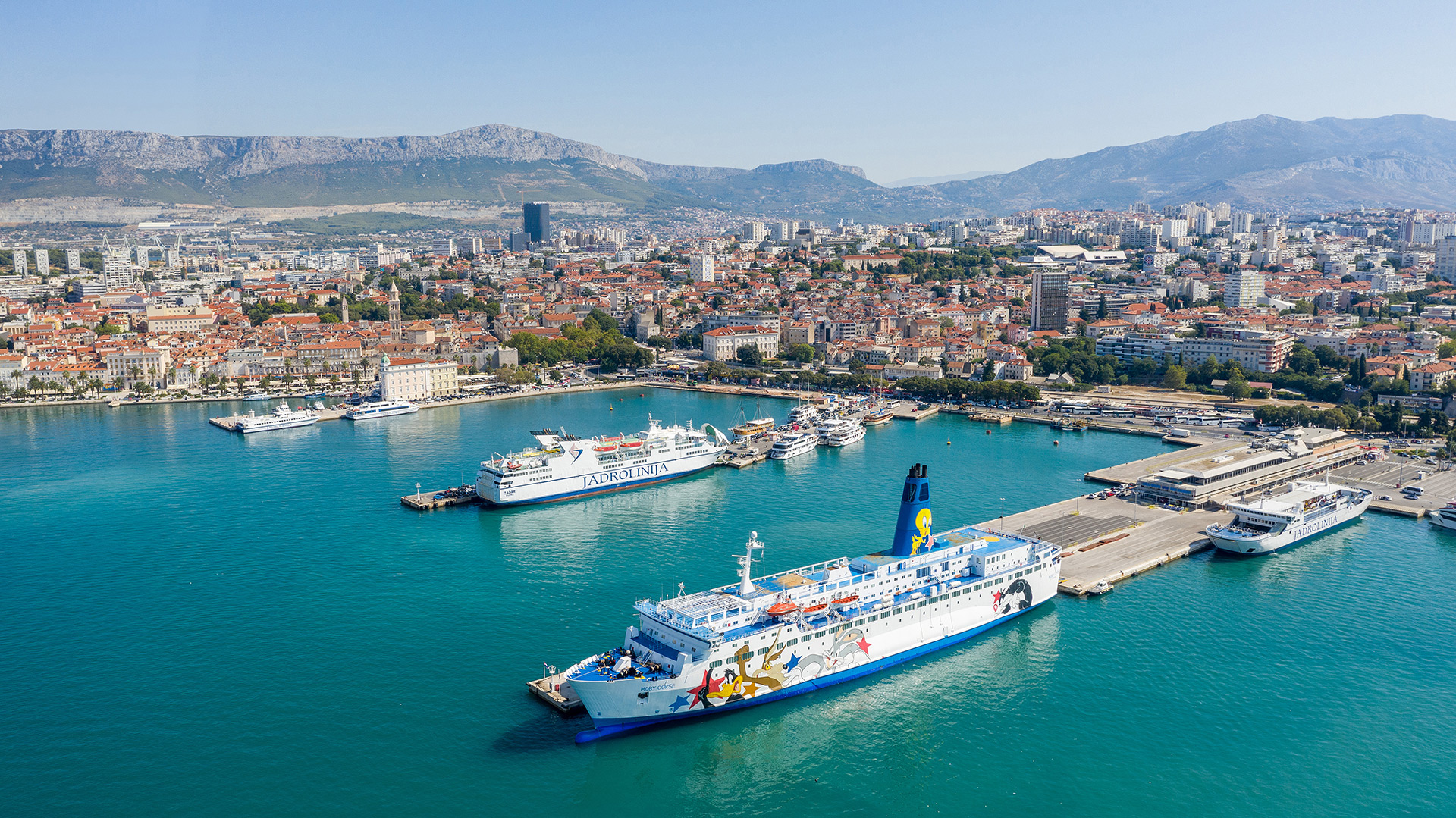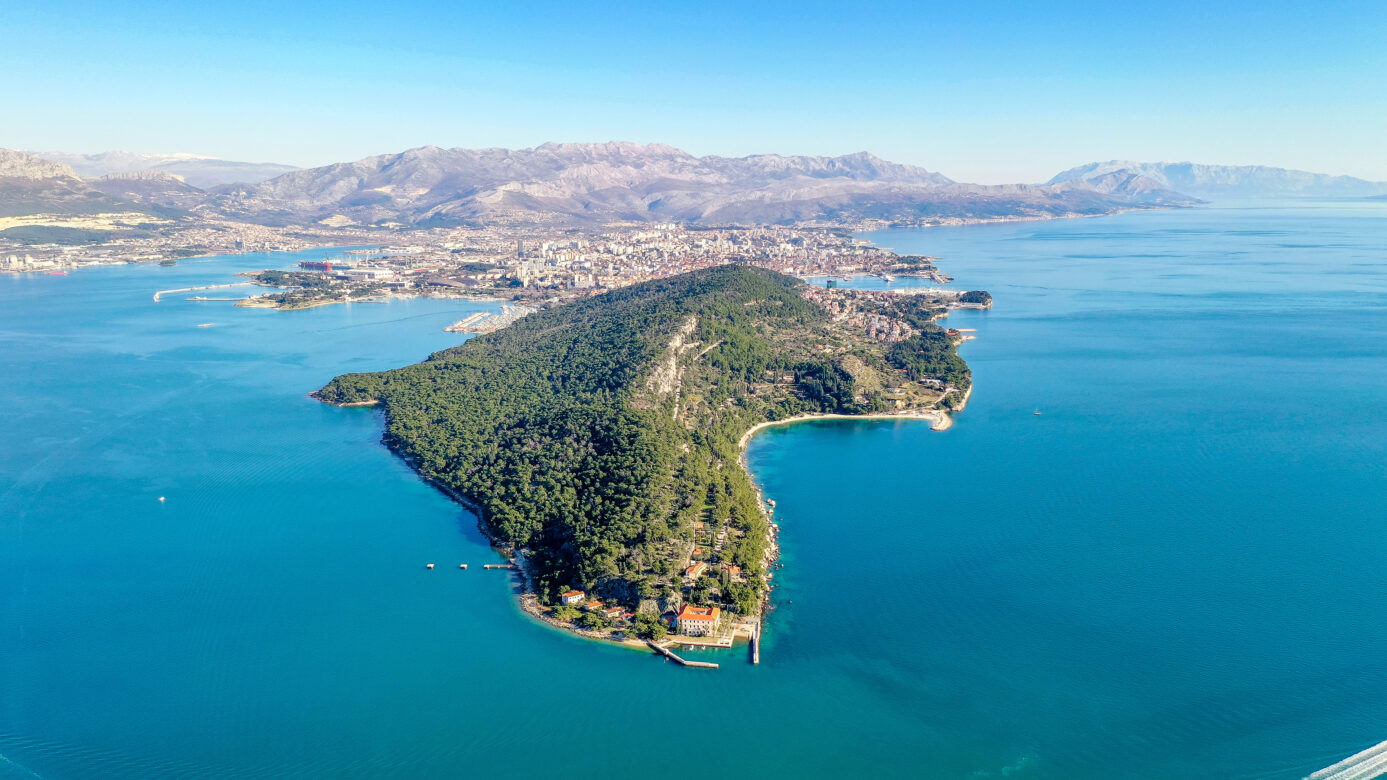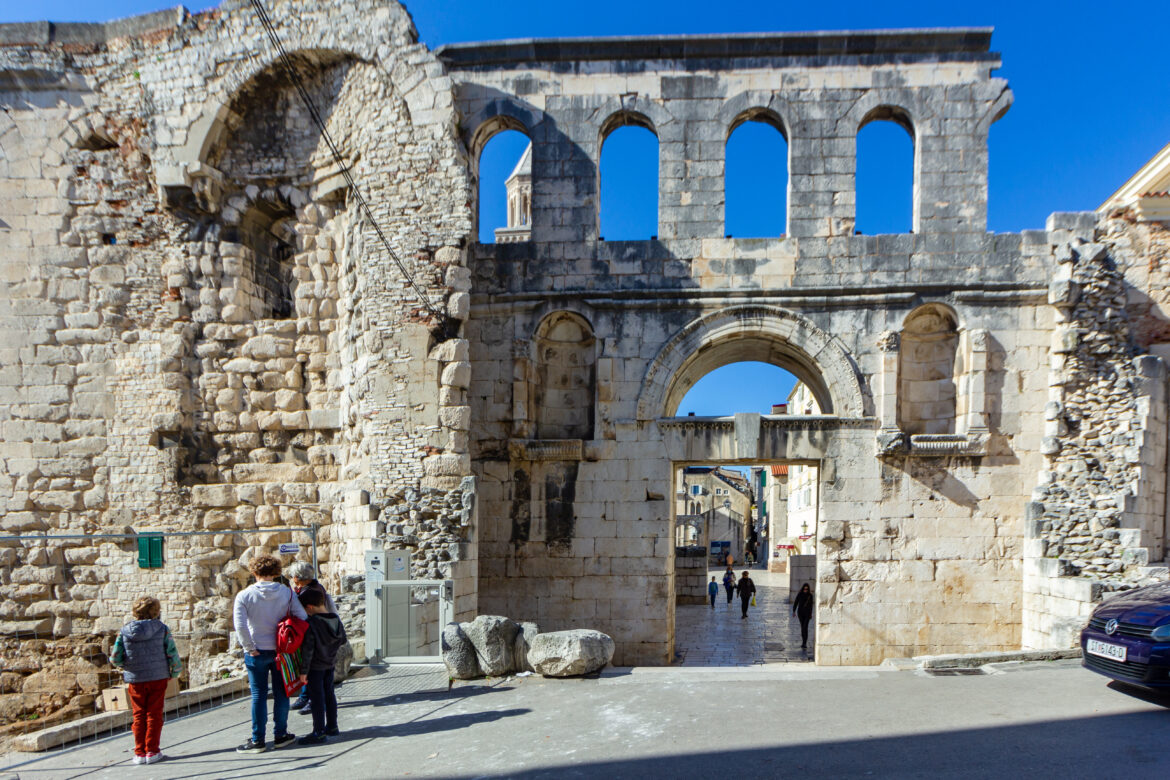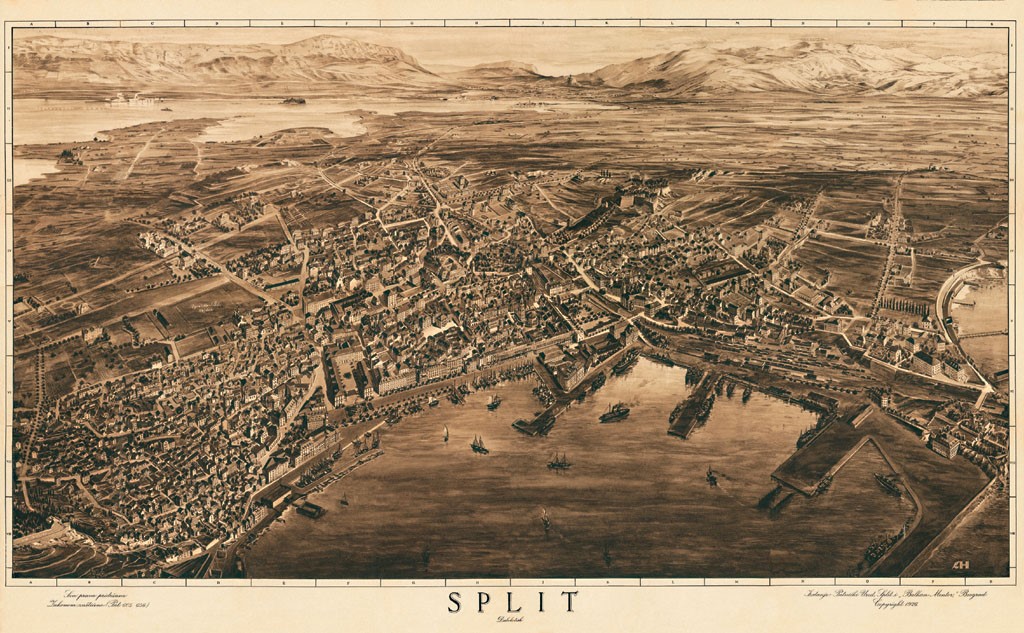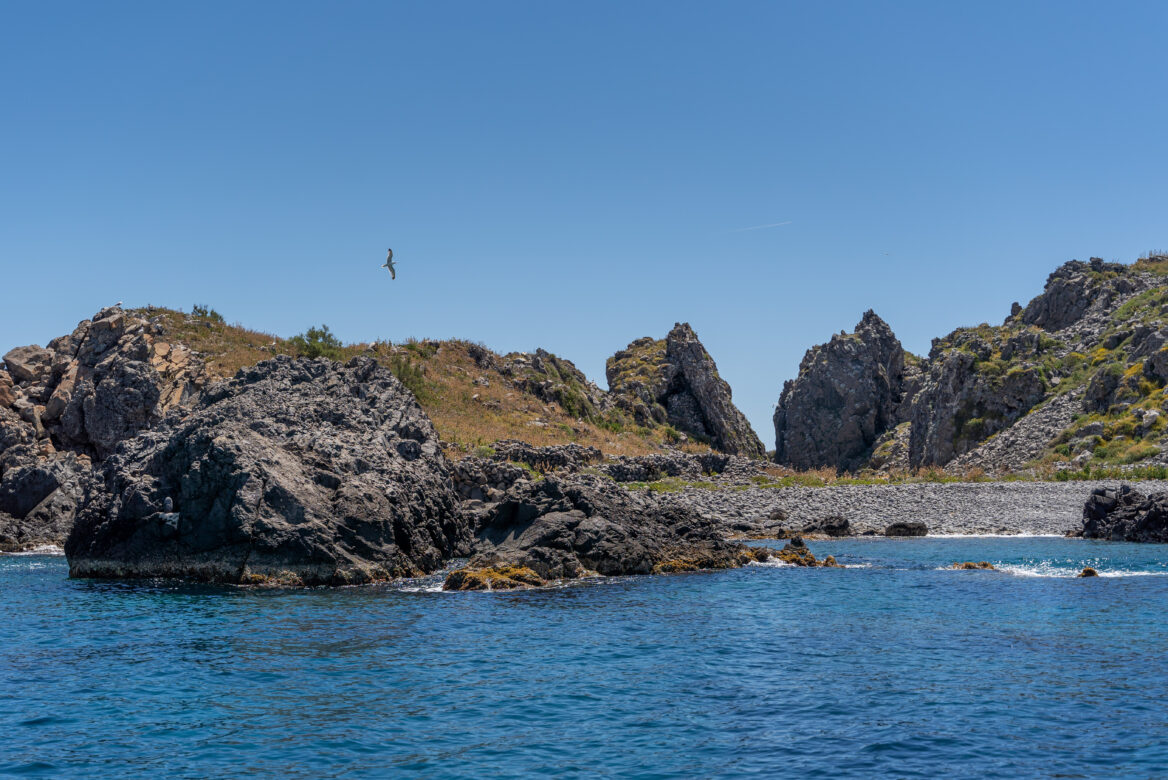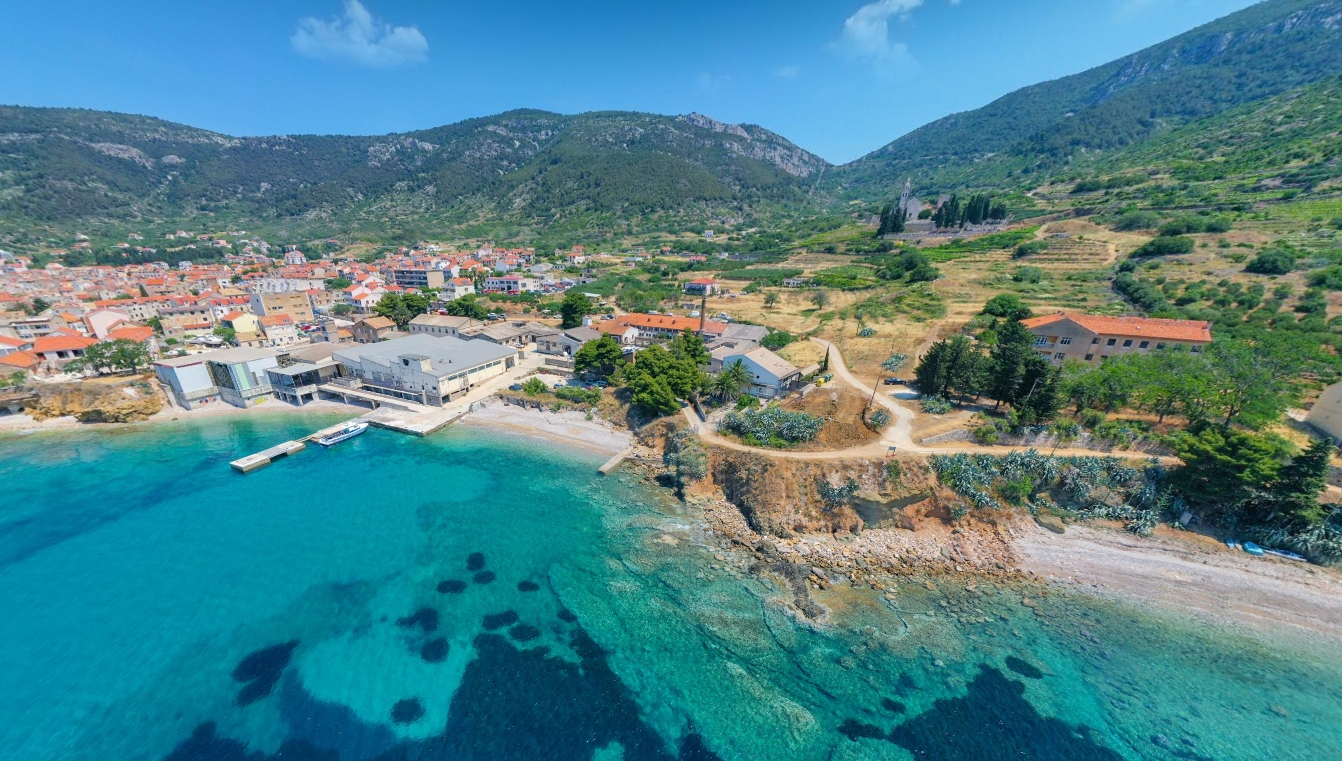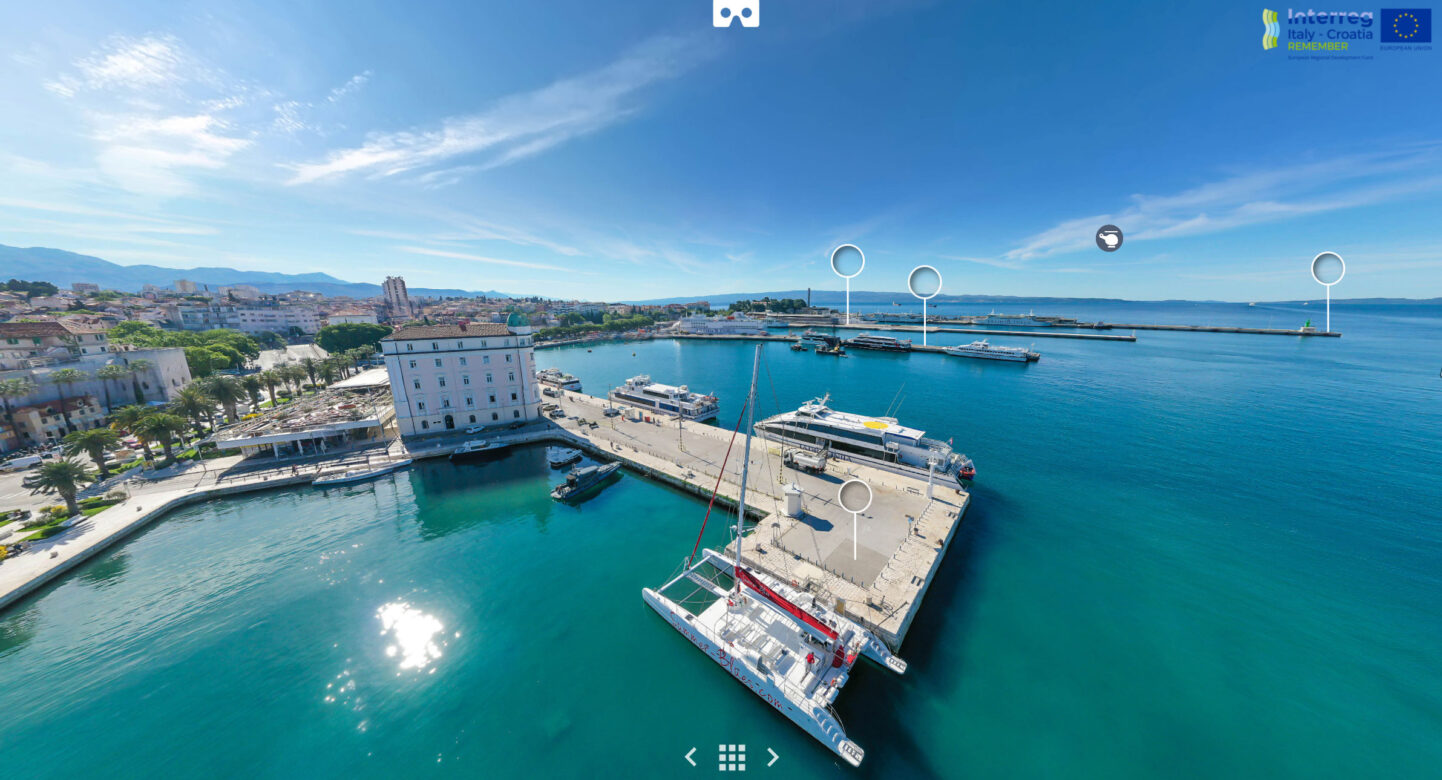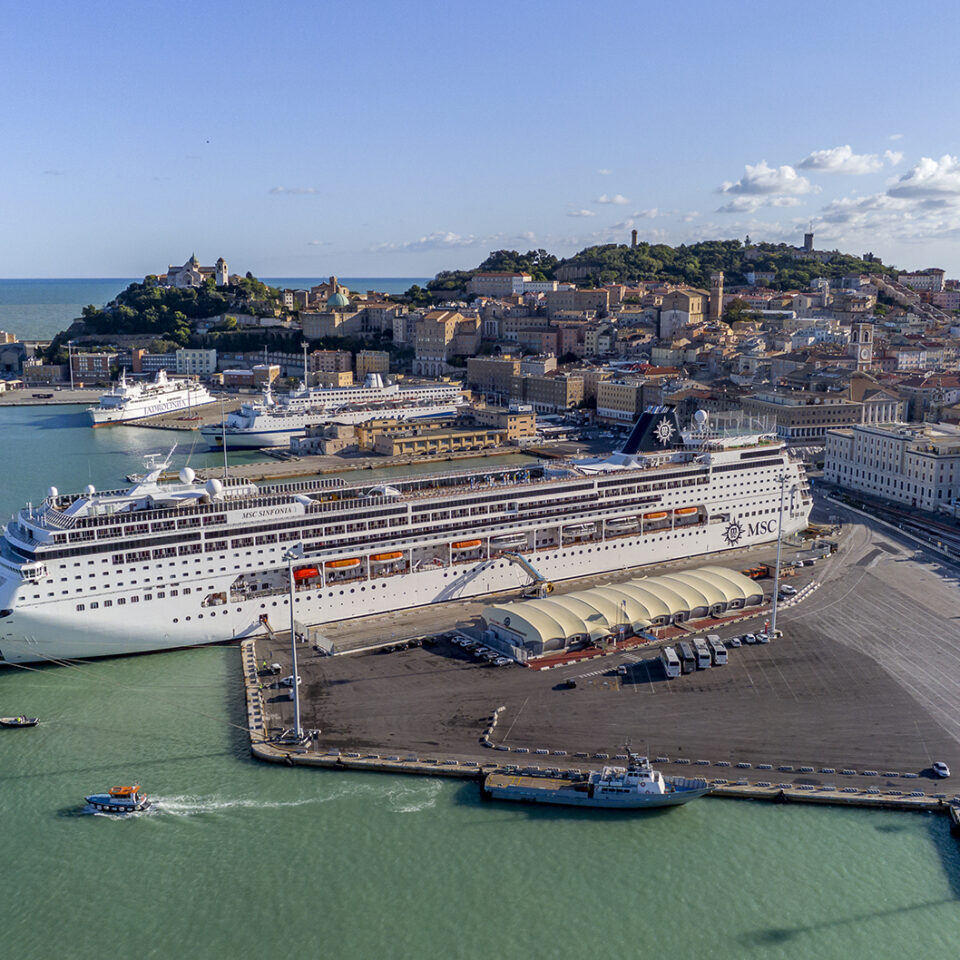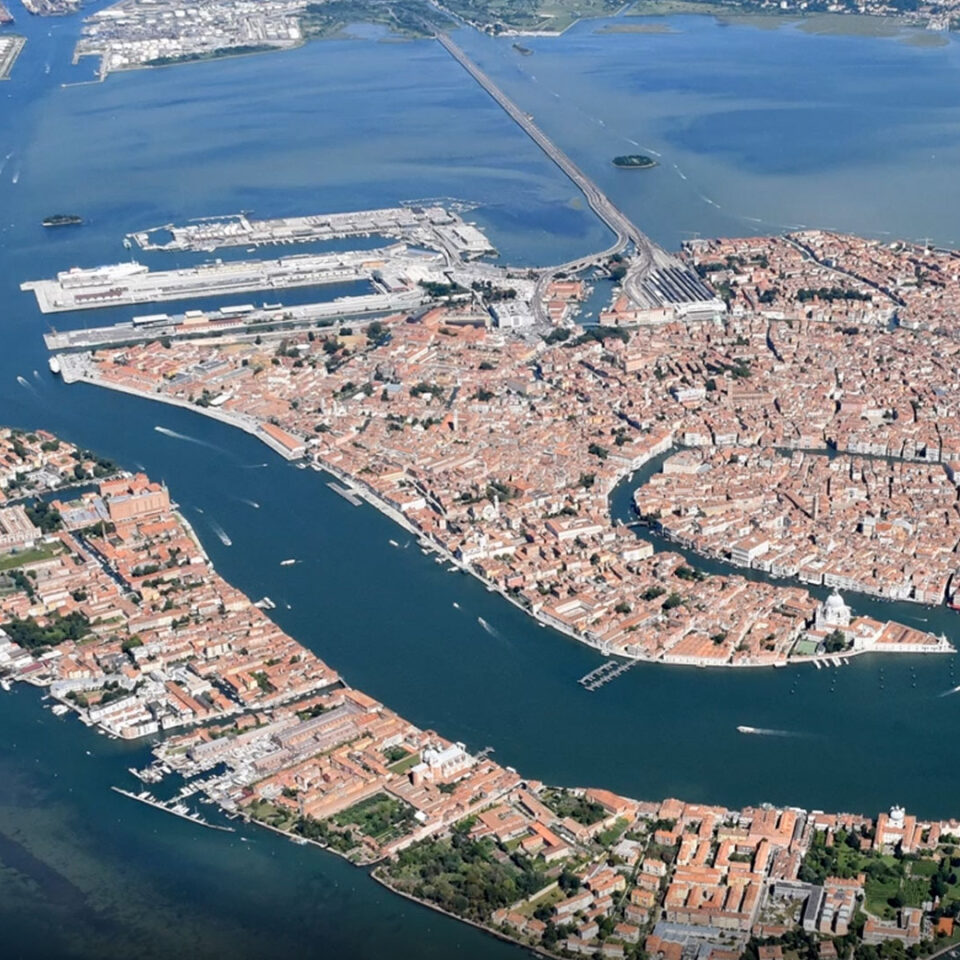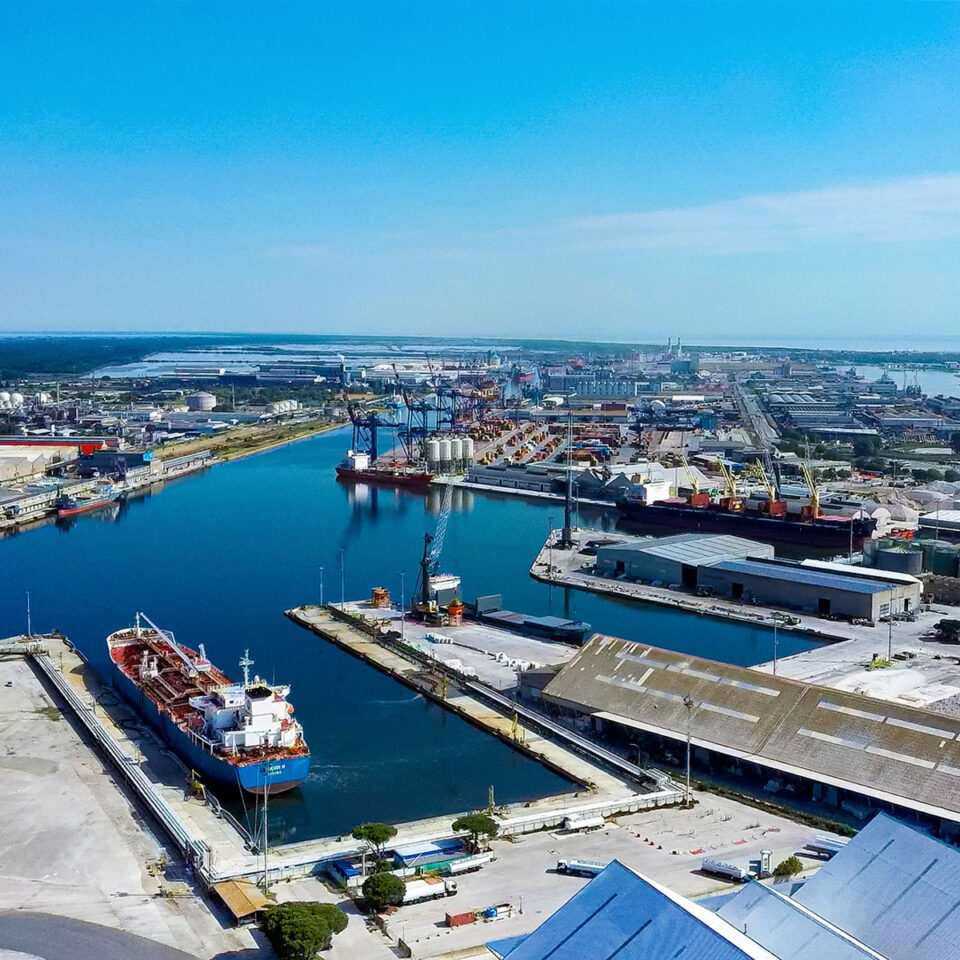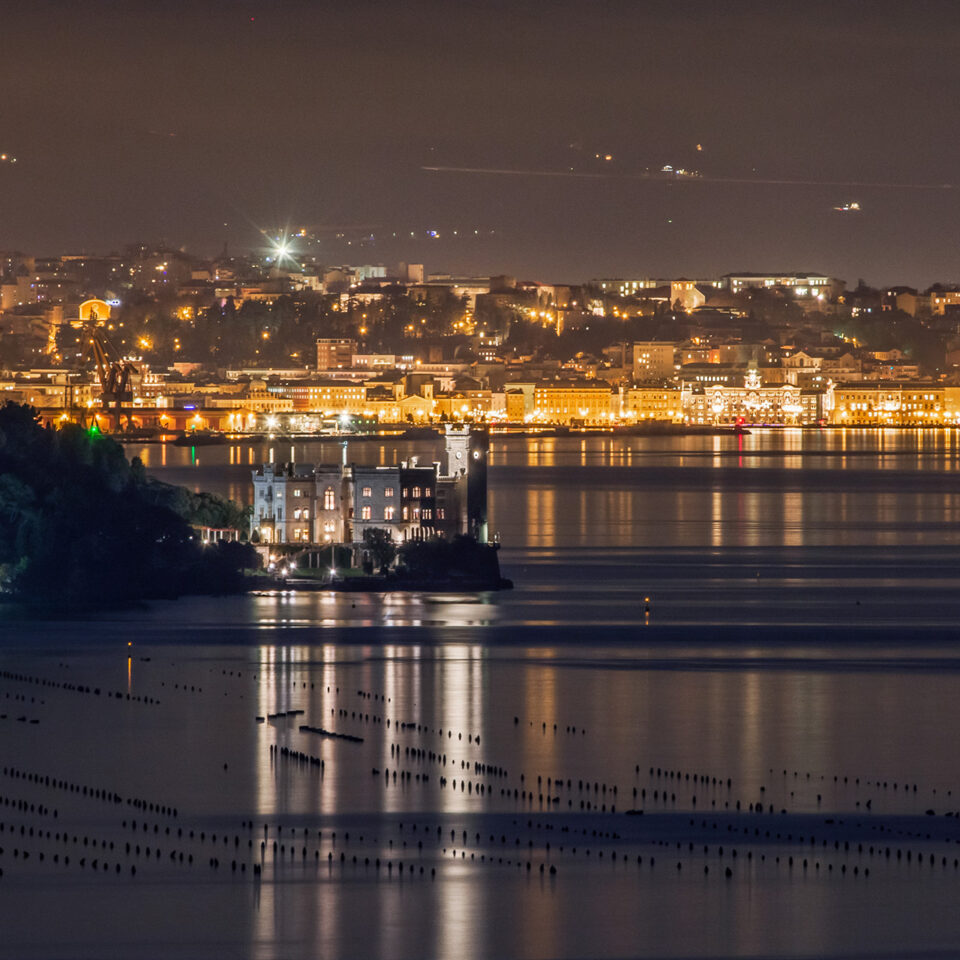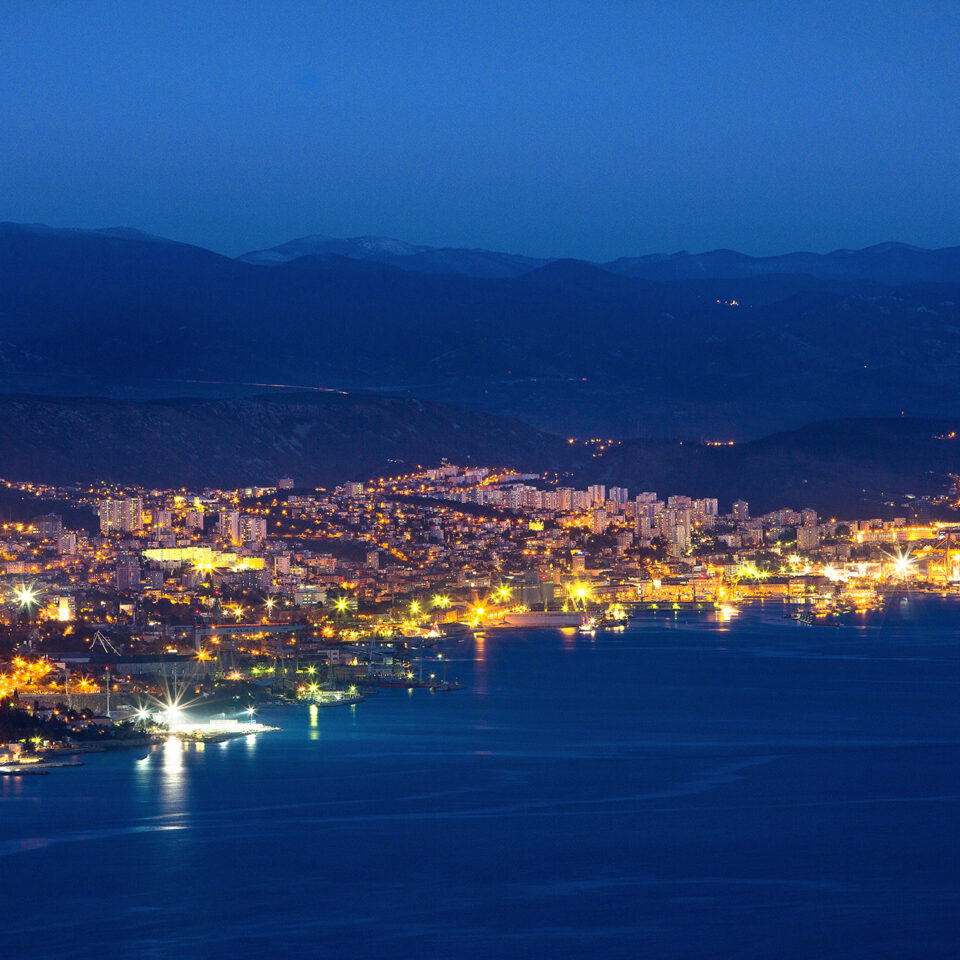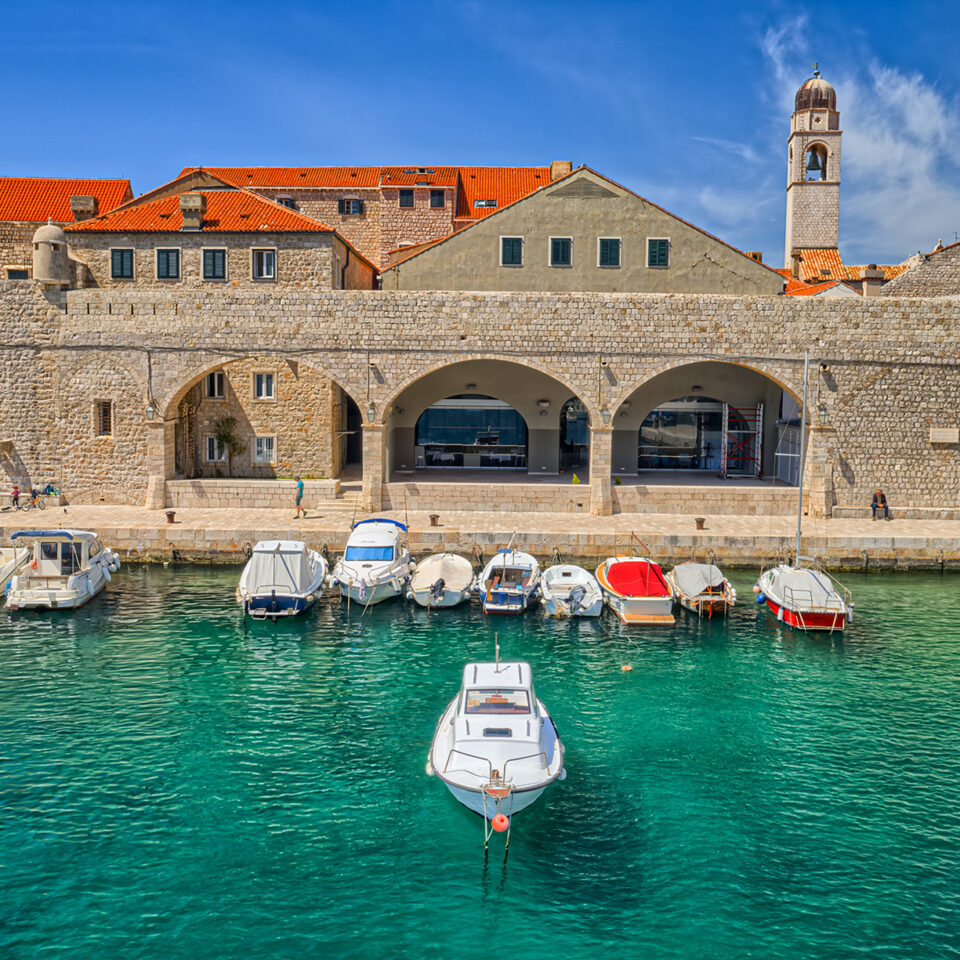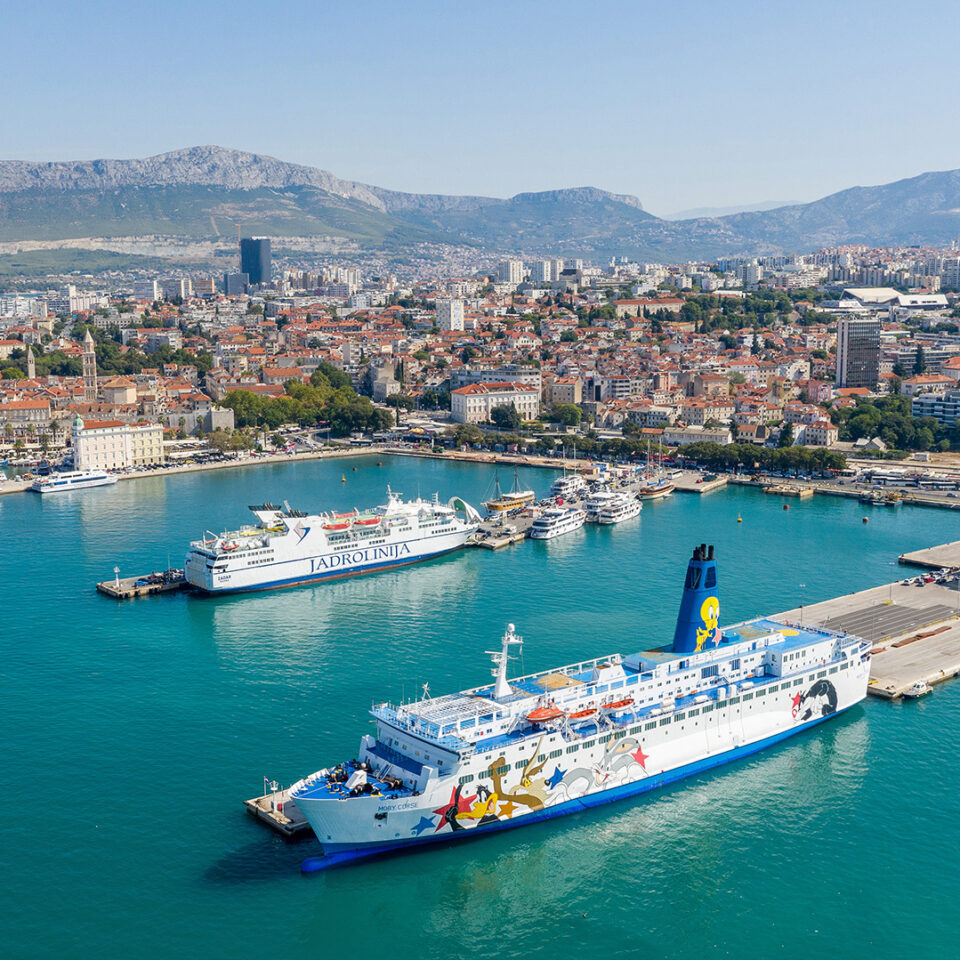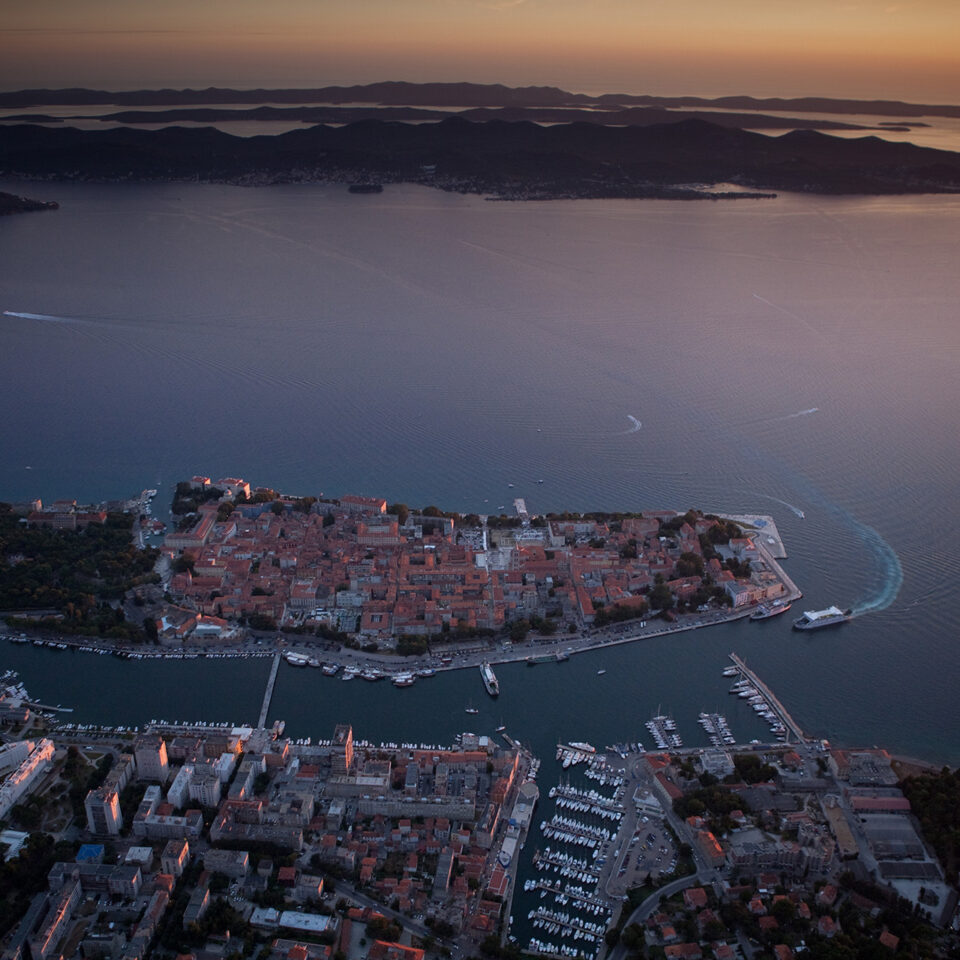Port of Split
The origins of modern-day Split trace back to the 4th or 3rd century BCE, when Greek settlers from the island of Vis (ancient Issa) founded Aspalathos, a trading post for commerce with nearby Illyrian tribes. After the Roman conquest of Salona, Aspalathos came under Roman rule and was renamed Spalatum.
In 305 CE, Roman Emperor Diocletian abdicated and retired to a grand palace he built on the Adriatic coast, unknowingly setting the foundations for what would later become Split. By the 12th century, the city expanded beyond palace walls, becoming an autonomous maritime center. Thanks to its position, Split connected inland caravan routes with Adriatic and Mediterranean trade. The city had its own army, warships, currency (“spalatin”), and trade agreements.
By the 6th century, Split became a major export harbor for the Balkans. Caravans arrived from the Ottoman Empire, India, and Persia, while goods moved on to Venice. Venetian goods were also re-exported eastward. A Lazaret was built for quarantine, and the first financial institution was founded.
Following the fall of Venice in 1797, Split came under Austrian, then French control. Though trade routes shifted, roads kept it connected to Bosnia, Serbia, and beyond. After 1813, under Austrian rule again, the Lazaret was closed and caravan trade banned, leading to economic stagnation.
After 1850, Split slowly revived. A breakwater and railways to Knin and later to Zagreb helped reestablish its role as a trade hub. Industrialization in the early 20th century made the port vital for cargo in the Adriatic.
Today, with port expansion, passenger traffic is based near the city center, while cargo has moved to the Vranjic-Solin and Kaštela basins.


